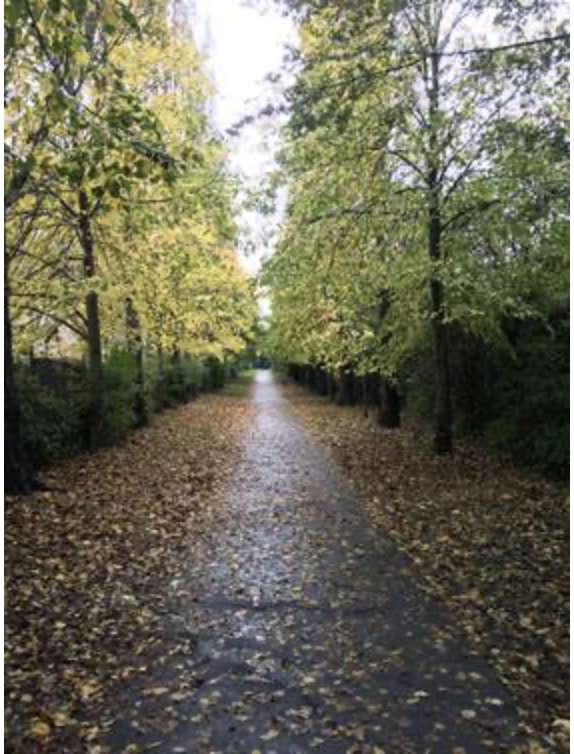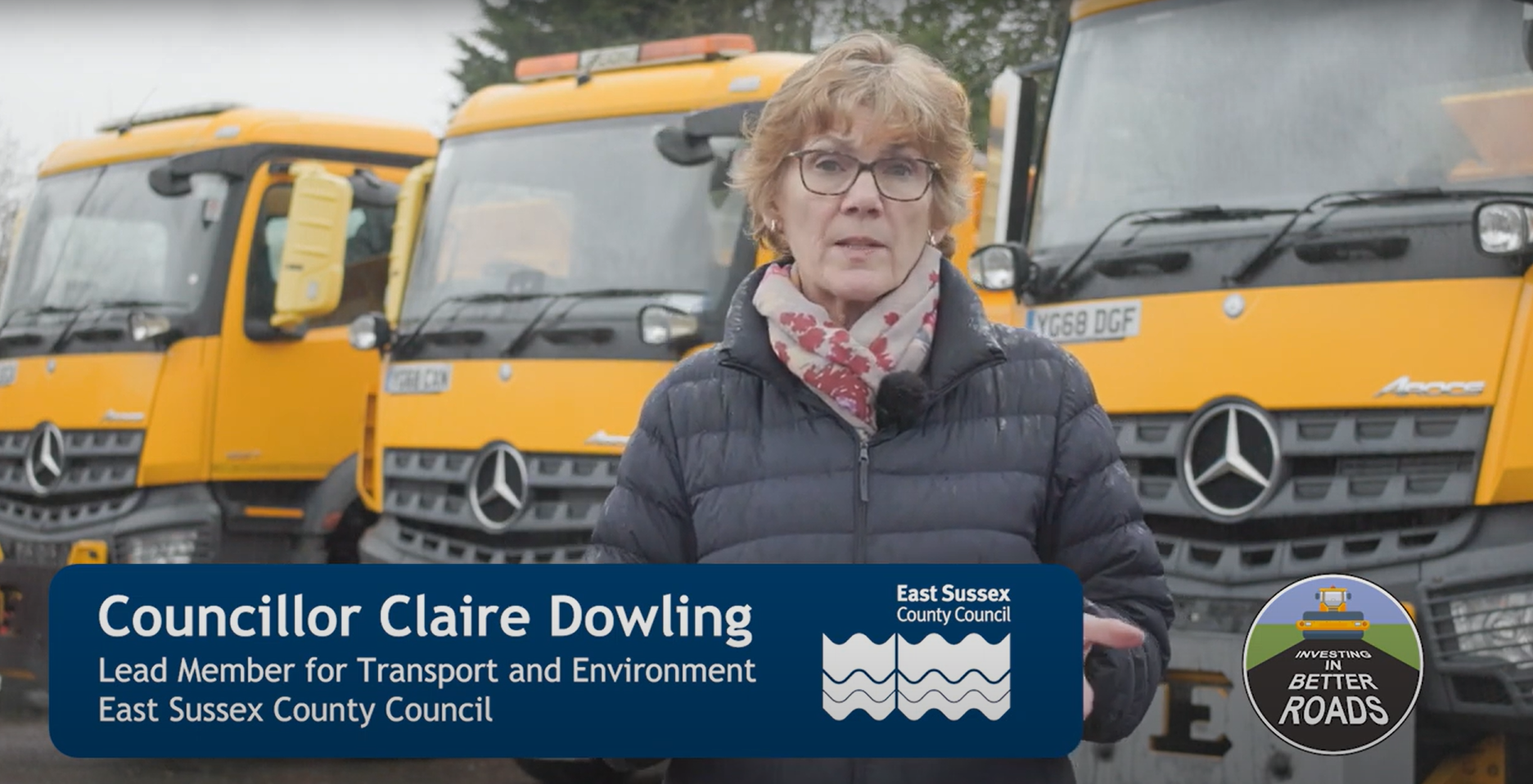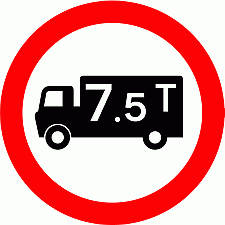East Sussex Highways delivers highways maintenance and improvement schemes on behalf of East Sussex County Council.
Our highway network is vital to the economic growth of the County and keeping local communities safe and connected. It is the most valuable publicly owned asset managed by the Council and has a current value of £4.17 billion.
The Council is committed to having the best road condition for the investment available, and supports an asset management based approach for the maintenance of the highway network.
News and hot topics

9 Jan 2024
Blakes Walk, Lewes - Tree Management strategy
Copies of the agreement of the Blakes Walk Tree Specialist Group for the future management of all trees on Blakes Walk, Lewes

2 Jan 2024
Councillor Dowling on winter maintenance
A short video on an extra £15 million being provided to help extend the lifespan of road surfaces throughout the county.

29 Sep 2023
About the Exceat Bridge
Information regarding the project for a new bridge at Exceat, over the Cuckmere river

18 Jul 2023
A272 Gold Bridge, Goldbridge Road, Newick – Weight Restriction
Information and updates on the weight restriction currently in place

